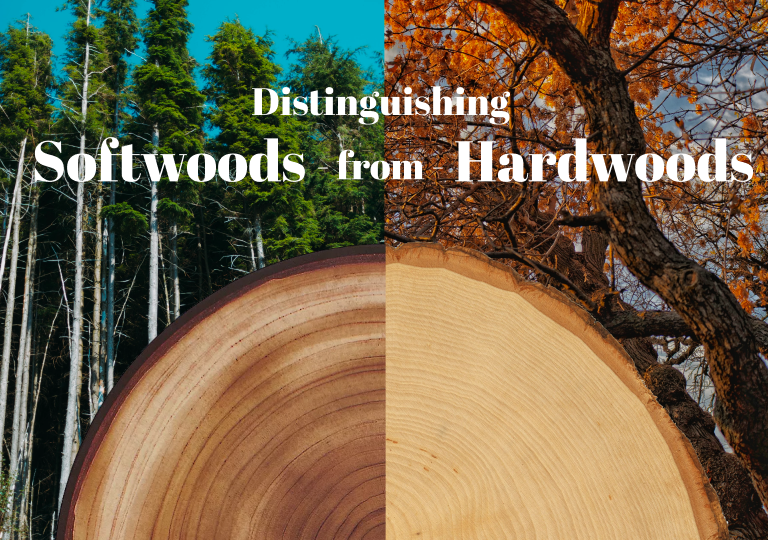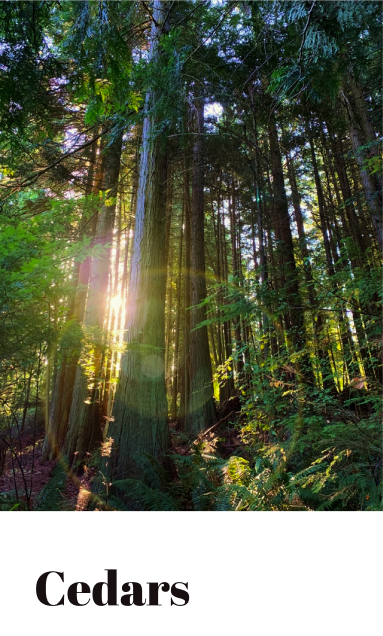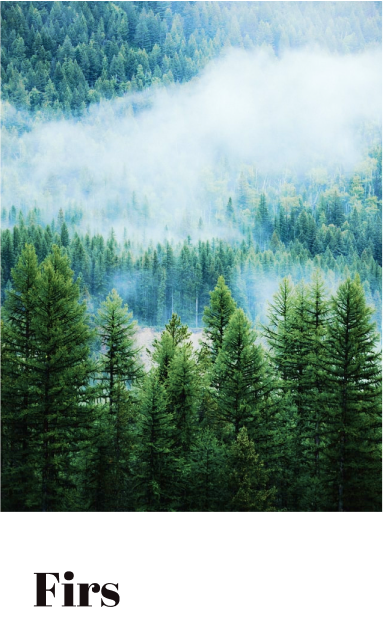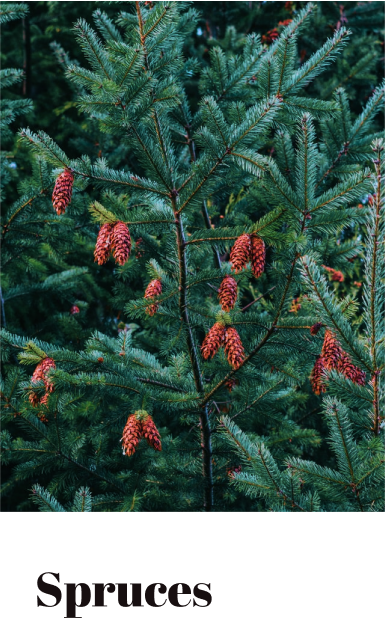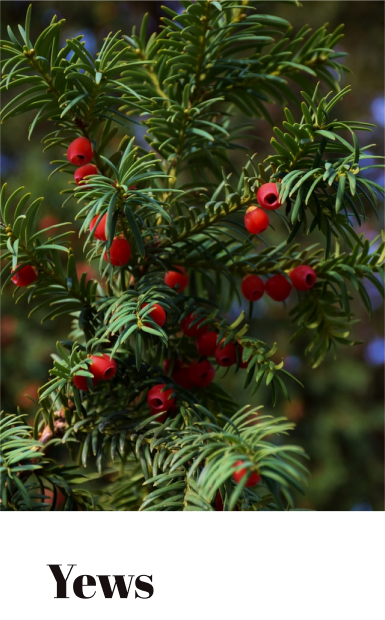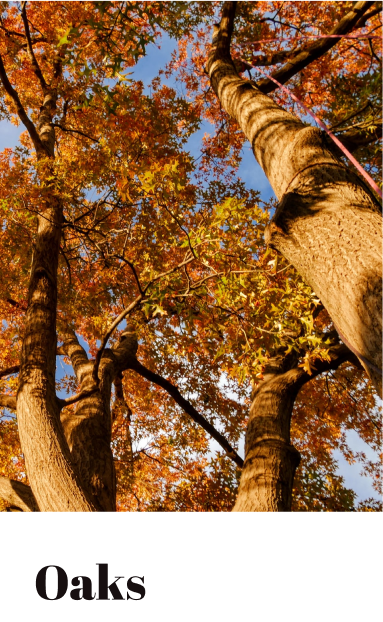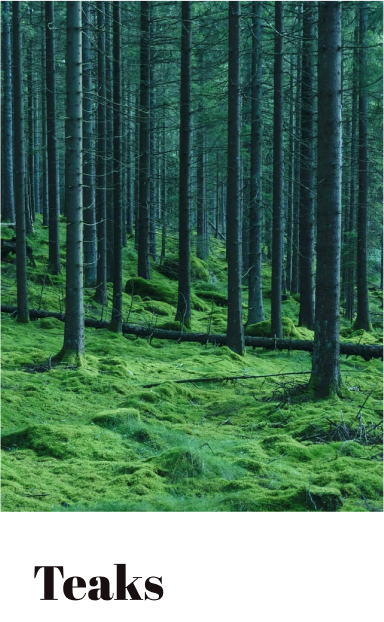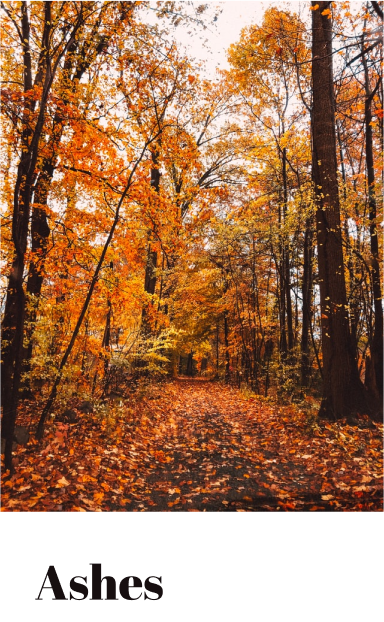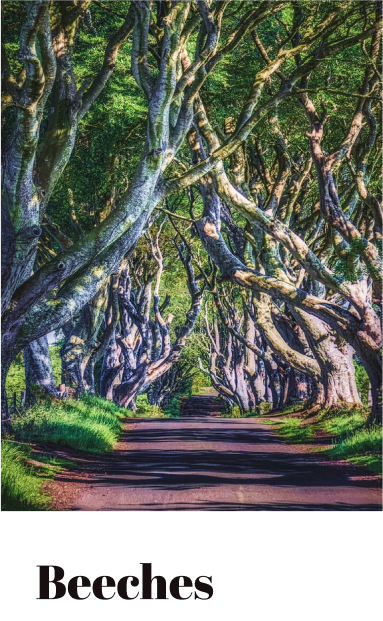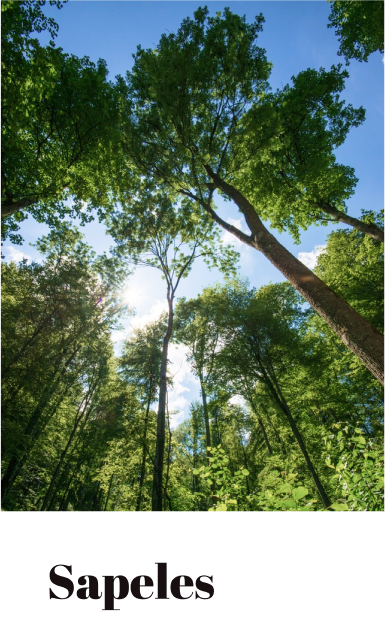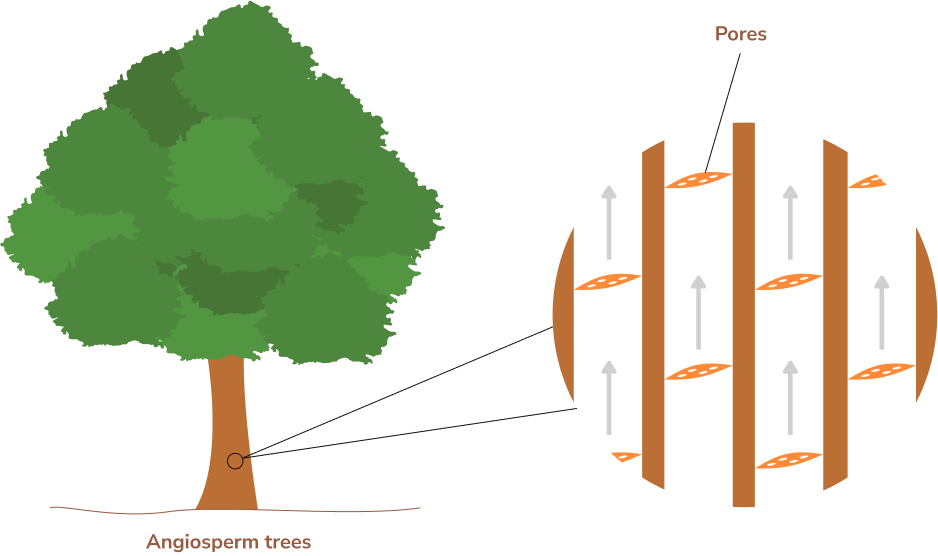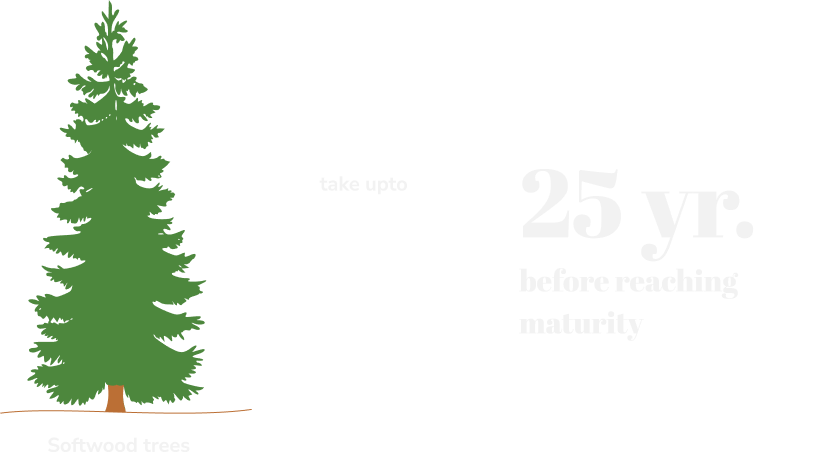Distinguishing
Softwoods - from - Hardwoods
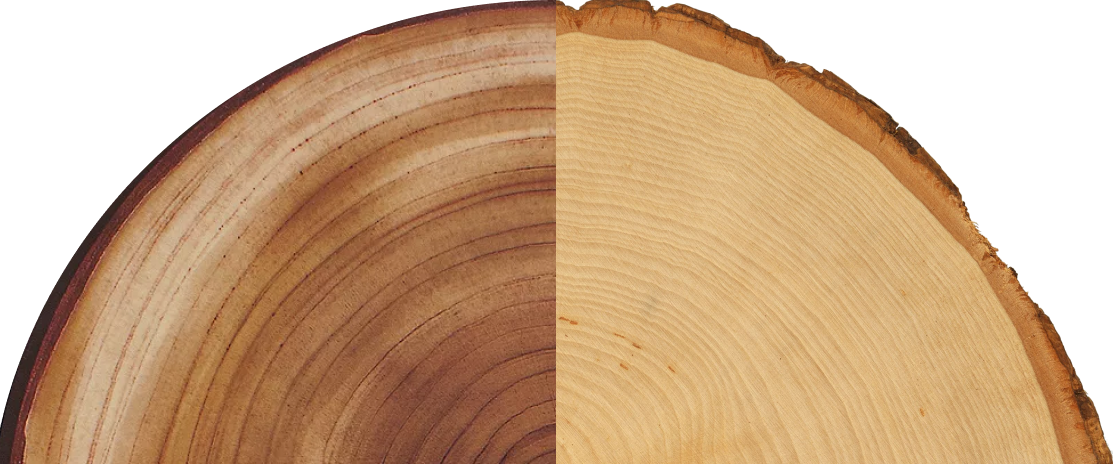
Contrary to popular belief, softwoods and hardwoods are not generally differentiated by their density or strength, as the name might suggest! It’s actually more about the trees the wood comes from than its physical structure.
Basically, softwoods come from trees that tend to have needles and produce sap, while hardwoods are taken from broad-leaved or flowering trees.
Crucially, though, both softwoods and hardwoods can be used for lots of different things, including:

Building
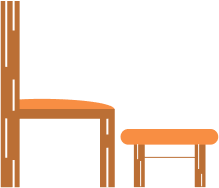
Designing

Decorating
Both can look great in a variety of settings, too. So, if you’re looking to design some new furniture for your house, garden, or home theater, then either can be used.
However, there are some key differences that you’ll need to know about when trying to decide what sort of wood is best for your needs. Whether you want to use it for decorative or structural purposes, it will pay to do your research.
Plus, while it is true that softwoods and hardwoods are categorized by the trees they come from, there are some general rules to bear in mind that will help you tell them apart. Having an idea of what these are will allow you to narrow down your search.
To make a start on finding wood that is the exact right sturdiness, texture, color, and more, this guide will give you all the information you need to know.
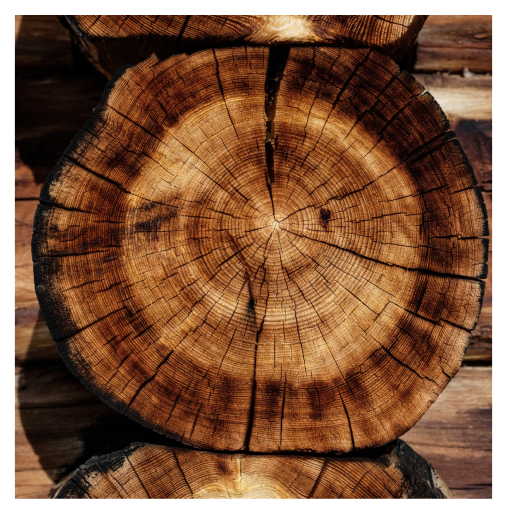
Read on to find out all about the pros and cons of each type of wood, care instructions, and even environmental factors, to help you become an expert at distinguishing between softwoods and hardwoods.
It could just help you find exactly what you’re looking for.

Key Differences Between Softwoods And Hardwoods
As has already been mentioned, softwoods and hardwoods are differentiated by the trees they come from.
Or, to be more specific, “softwood” refers to wood taken from gymnosperm trees and “hardwood” to that which is taken from angiosperm trees.
Here’s some more information on what those two terms mean:

Gymnosperms
Gymnosperms are trees that produce seeds as part of their reproductive cycle. Gymnosperm trees are evergreen and tend to grow long and straight. They are also usually less dense than other trees, although this is not always the case.
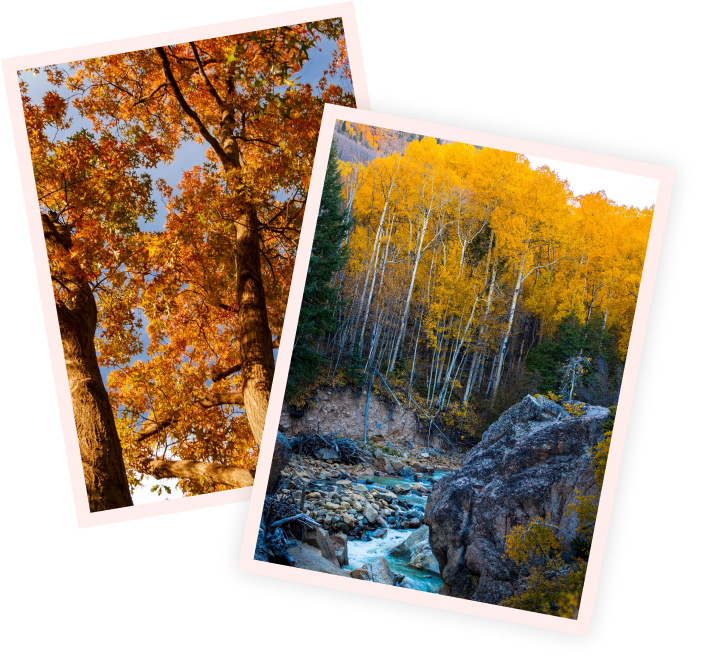
Angiosperms
Angiosperm trees grow more slowly than gymnosperms, lose their leaves annually in the fall, and have water-carrying vessels that look like pores. Because of the way they grow, they tend to have denser wood fibers than what you’d often find with softwoods. Again, though, this isn’t always the case.
Beyond that, the differences between softwoods and hardwoods come down to things like price and suitability for certain projects.
If, for example, you were hoping to build an entertainment unit or a speaker enclosure for your home theater, then chances are one sort of wood will work better than another. But what that wood is will depend on your specifications and budget.
Let’s take a closer look at the different properties of softwoods and hardwoods, as well as the benefits of using each.
What Do Softwoods
Look Like?
Softwoods come from trees such as:
You might be thinking that a lot of these make for a great Christmas tree! And in fact the trees themselves are pretty recognizable because of their popularity at the most wonderful time of the year.
Fir trees are particularly prolific at Christmastime, with Fraser firs considered to be the most popular Christmas tree in the whole world.
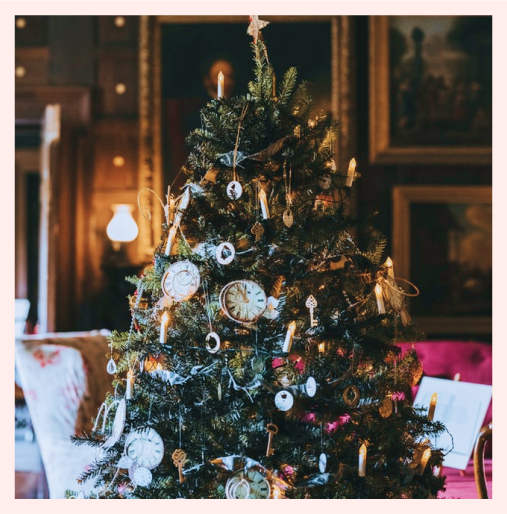
Softwood trees grow in a great many places across the globe, although they tend to thrive in colder climates.
You can spot softwood trees with their characteristic needles and cones in forests and plantations – as well as in people’s living rooms during the holiday season.
As for the wood itself, there are a few things you can keep your eye out for when you’re trying to find softwood products in your local hardware store.
For one thing, softwoods are almost always light in color and they have a distinctively light grain. This means that they’re a good option if you’re buying your wood for a project that requires a more muted color scheme.
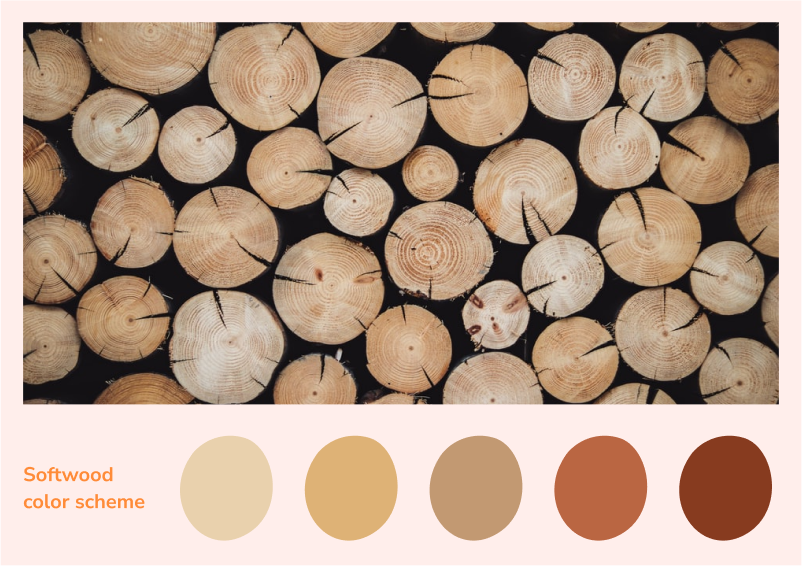
However, it is also good to know that softwoods are easily color-treated. They can be stained and bought in much darker colors. So, if you would prefer to work with a dark softwood, that’s still possible. Just bear in mind that, over time, the stain on your wood will inevitably fade and change, especially if used for outdoor furniture.
Additionally, softwood will very often be more flexible than hardwood. This makes it super versatile. And, despite its pliability, most softwoods are still very strong and durable.
What Are Softwoods
Used For?
Flexible Softwoods:
Because of just how flexible and durable many softwoods are, they are really easy to mold into intricate shapes and designs. As a result, you’ll often find them used to make a huge range of things, including everything from interior moldings to musical instruments such as acoustic guitars.
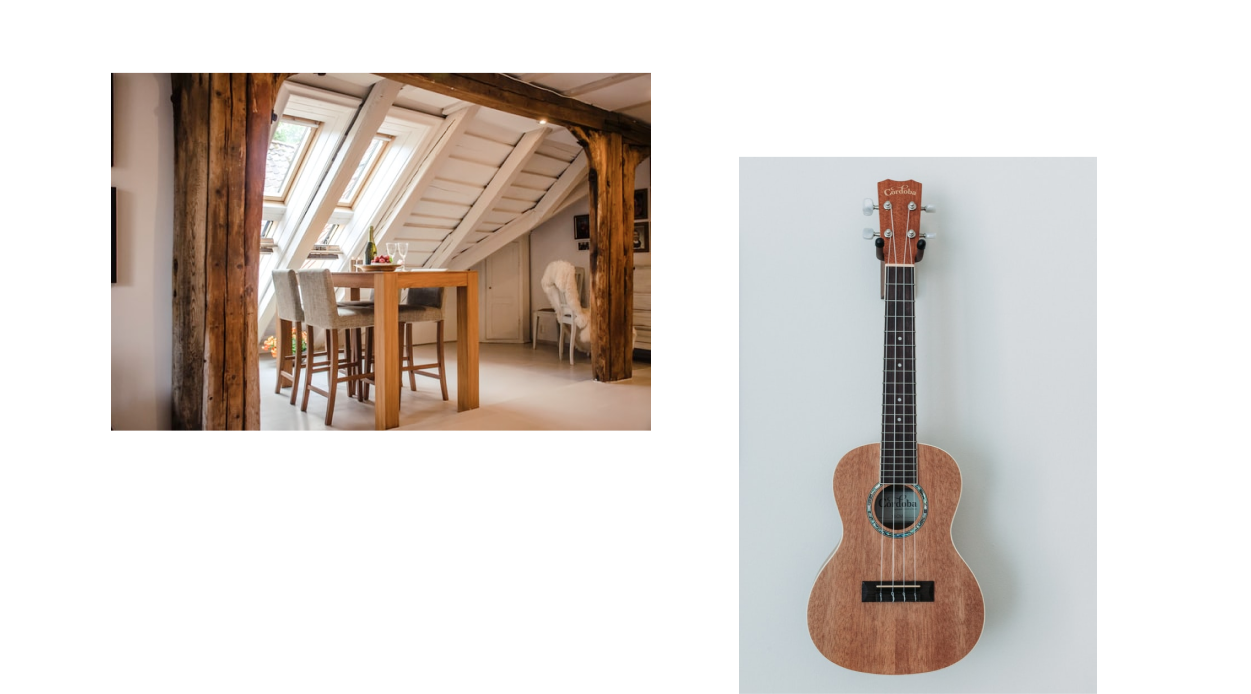
They are also a great choice for at-home woodworking projects. The tensile strength of softwoods means they are as malleable as they are robust, so they are really easy to work with!
Redwood is a particularly popular woodworking material because of its softness and water-resistant properties, as are pine and cedar.
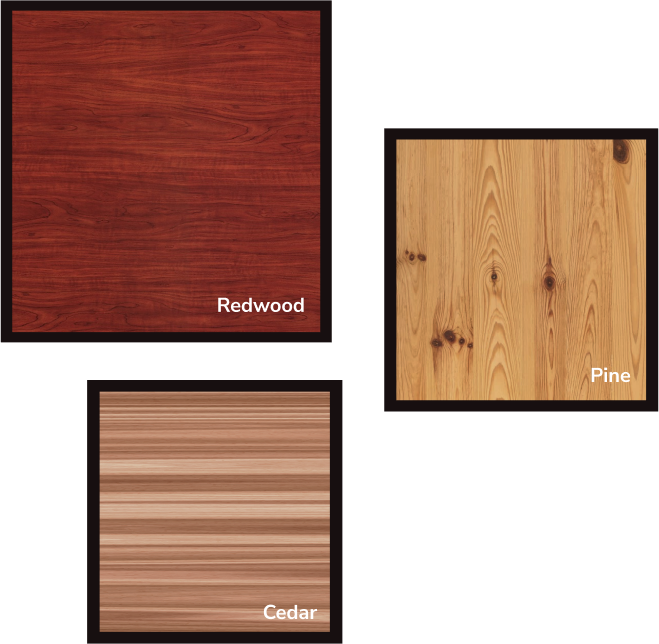
If you are a wood-worker and you’re looking to design your own speaker enclosures for your home theater or entertainment system, then some of the more flexible softwoods could be a good choice.
Stronger Softwoods:
But don’t be fooled into thinking that softwoods can only be used for smaller projects! There are some really strong softwoods out there that can be used for things like decking, flooring, and paneling. Their straight grain also makes them well-suited to construction framing.
Yellow pine is one of the strongest out there. It has an exceptionally high bending strength of 14,500 psi and can withstand far higher levels of compression than a lot of other softwoods can.


For comparison, the next strongest softwood comes from the Douglas fir and has a bending strength of 12,400 psi, followed by wood from the hemlock tree, which bends at 11,300 psi. Clearly, the yellow pine is by far and away the strongest of the three. Still, all of these woods can stand up against wear and tear far better than, say, a softer hardwood like balsa.




These strong softwoods would be very much up to the task of providing the framing for a house.
They would also make a great material for a home theater entertainment system! However, they won’t be quite as easy to work with as the softer woods. Still, a unit made of strong softwood would be able to hold your speakers, screen, DVDs, and whatever else you need all in one place. Don’t worry – it can withstand the weight!
What Are The Benefits Of
Using Softwoods?
There are a great many benefits of choosing to use softwoods. Crucially, though, the benefits will vary depending on the exact wood you choose to buy and use. This, then, is just a general guide to the benefits of using softwoods, particularly for at-home construction and wood-working projects.
And, as with anything, there will be drawbacks of using softwoods, too.
Both the pros and cons of different wood varieties can be broken down into the following categories:

Availability

Versatility
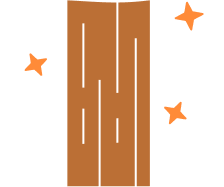
Appearance
Availability:
It is generally quite easy to get your hands on softwood. In fact, about 80% of all timber comes from softwood. This is because softwood trees grow quite fast and in a lot of different places. If you live in or near a cold climate, they will be particularly easy to find.
80%
of all timber

Softwoods are relatively cheap, too, which is another great bonus! This has to do with just how abundant they are, but also how easy they are to harvest.
Because the trees themselves aren’t that dense, it doesn’t take too much energy to chop them down or turn the wood into planks for construction.
Plus, the closer you live to the places where softwood trees grow, the cheaper the wood is likely to be.
Versatility:
As we’ve already seen, softwoods are hugely versatile and can be used for a vast range of projects, both big and small. Whether you’re looking to design a whole unit to house a home entertainment system or whittle some trinkets that you can display around it, there will be a suitable softwood for your needs.
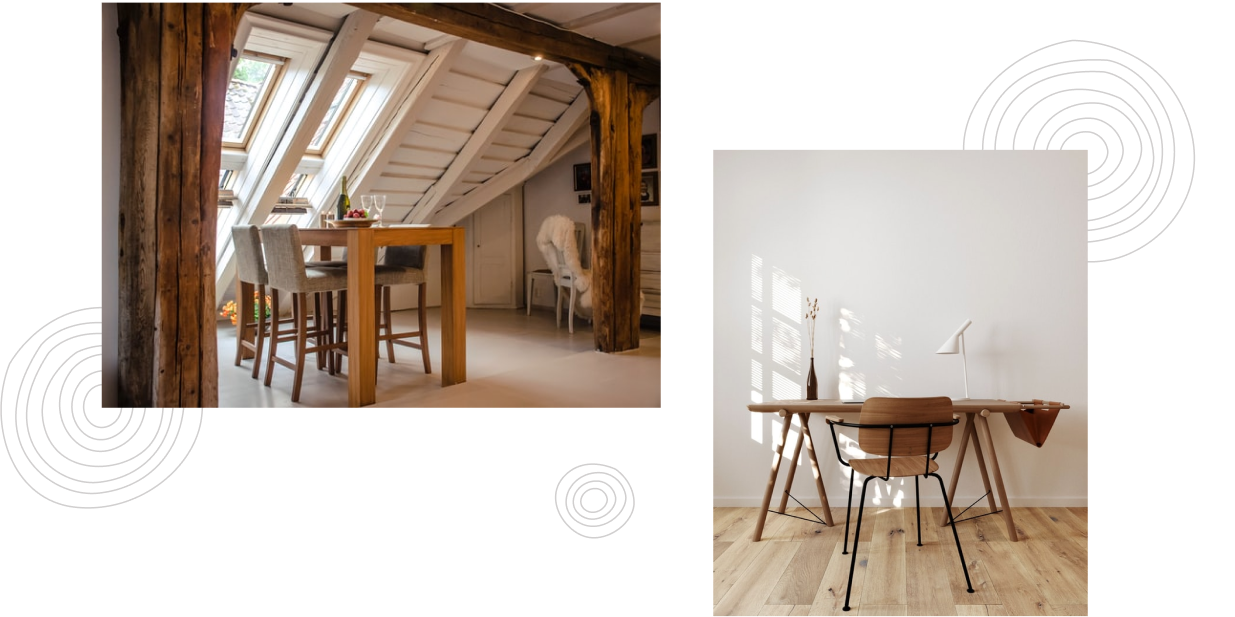
Softwoods also don’t have vessels like hardwoods do, which is another plus. This allows them to absorb adhesives quickly, which means a neater finish if your means of assembly is glue rather than nails or screws.
However, a notable downside to softwoods is that they aren’t very fire-resistant, so keep that in mind when deciding on what wood to use and where.
Appearance:
The lighter color and loose grain of softwoods make them a great choice for brightening up a space. With interior moldings, window fittings, and furniture made of softwood, you can make any room look lighter and sleeker.
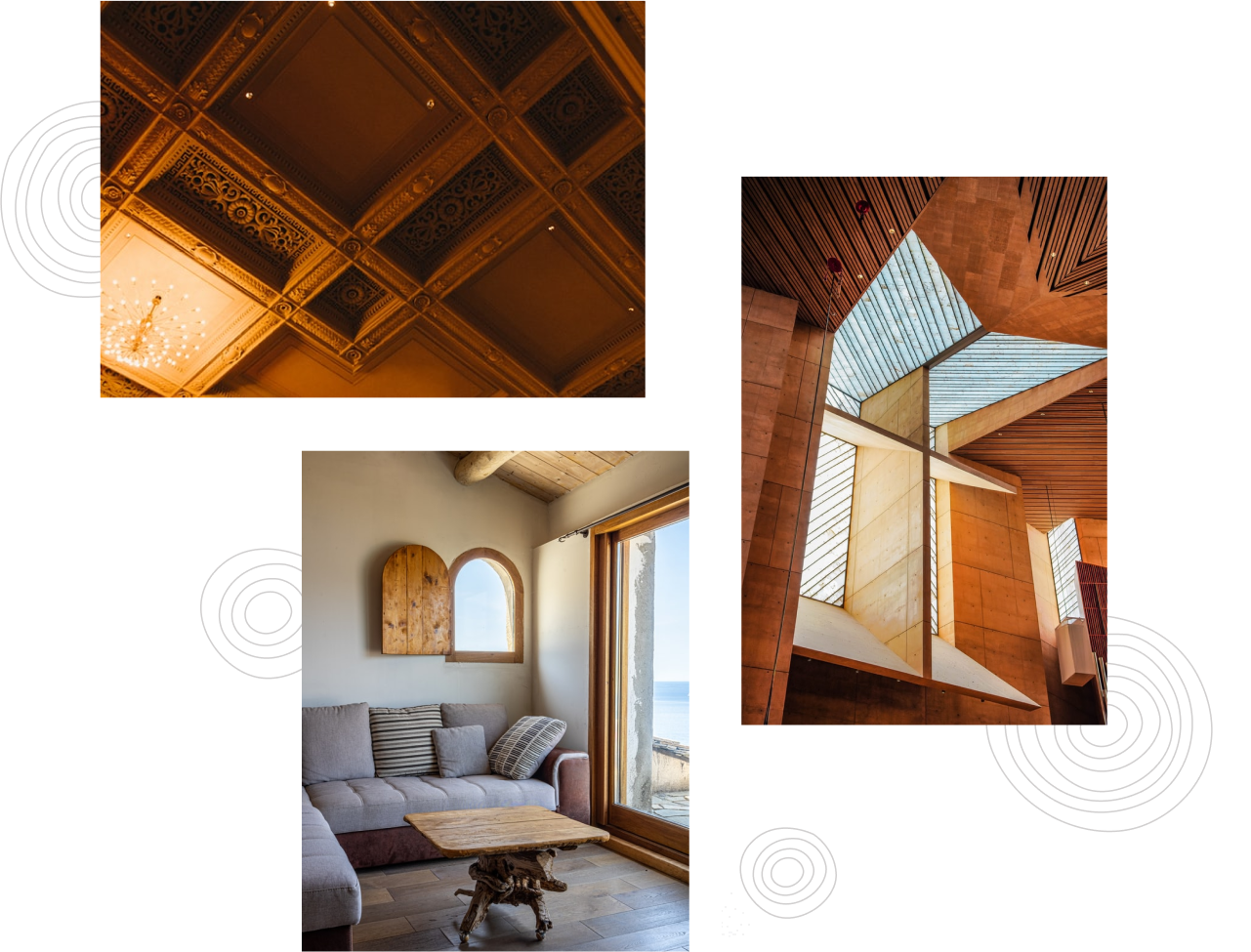
And remember, getting your softwood stained is also an option. If you prefer the versatility and price of most softwoods but would rather go for something darker, then you can get softwood that’s been color-treated.
It’s also fairly easy to stain wood yourself! Either way, with stained softwoods, you can get the best of both worlds.

What Do Hardwoods Look Like?
In the same way that a lot of softwoods are soft and light in color, hardwoods tend to be the opposite. Taken from slower-growing, much denser trees, hardwoods will often be more sturdy and dark than their softwood counterparts.
Softwoods come from trees such as:
Because of the way they grow, hardwood trees are more complex in structure than softwoods. So, generally speaking, hardwoods are likely to be made of stronger stuff than softwoods. Of course, this is not always the case. When it comes to wood varieties, there are always going to be exceptions to the rule.
So, while it is true that the very strongest hardwoods will far outstrip the strength of even the toughest softwoods, there are some softwoods out there that put weaker hardwoods to shame.
Clearly, then, trying to distinguish hardwood from softwood is not as straightforward as it might sound. Matters are confused even further when you consider the fact that, even though hardwoods are usually darker in color, there is also a wide variety of naturally light-colored hardwood.
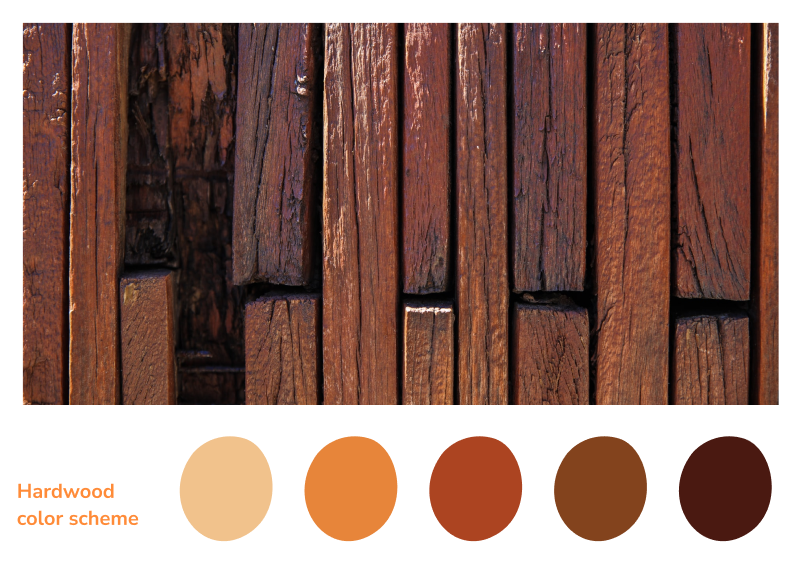
However, one feature that is pretty much consistent across hardwood varieties is its grain.
You see, the vessels in angiosperm trees tend to resemble pores. This is what gives hardwood its prominent grain. How the grain looks will vary between wood types though, particularly those from different trees.
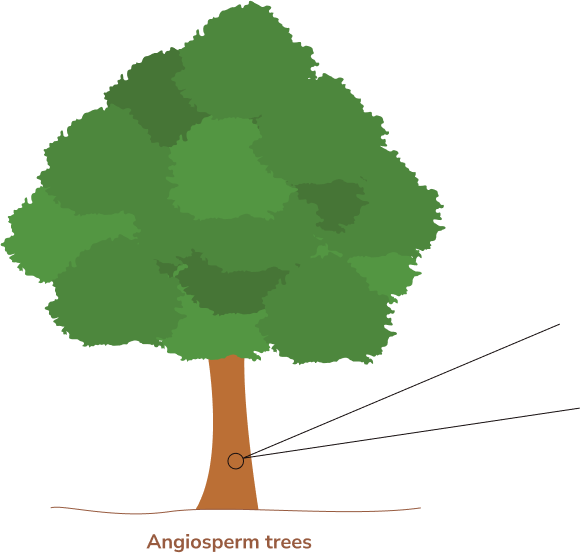
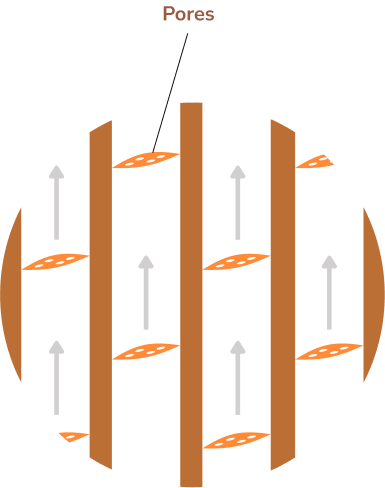
If you’re looking to use wood that has an attractive grain, you should consider looking at and comparing different types of hardwood. This could help you decide which to use for your project.

What Are Hardwoods Used For?
Hardwood can be very attractive, and as such many people will gravitate to dark, rich-colored hardwoods with a prominent grain for their construction and wood-working projects. These are great for making statement furniture as well as eye-catching homeware such as clocks and entertainment units.
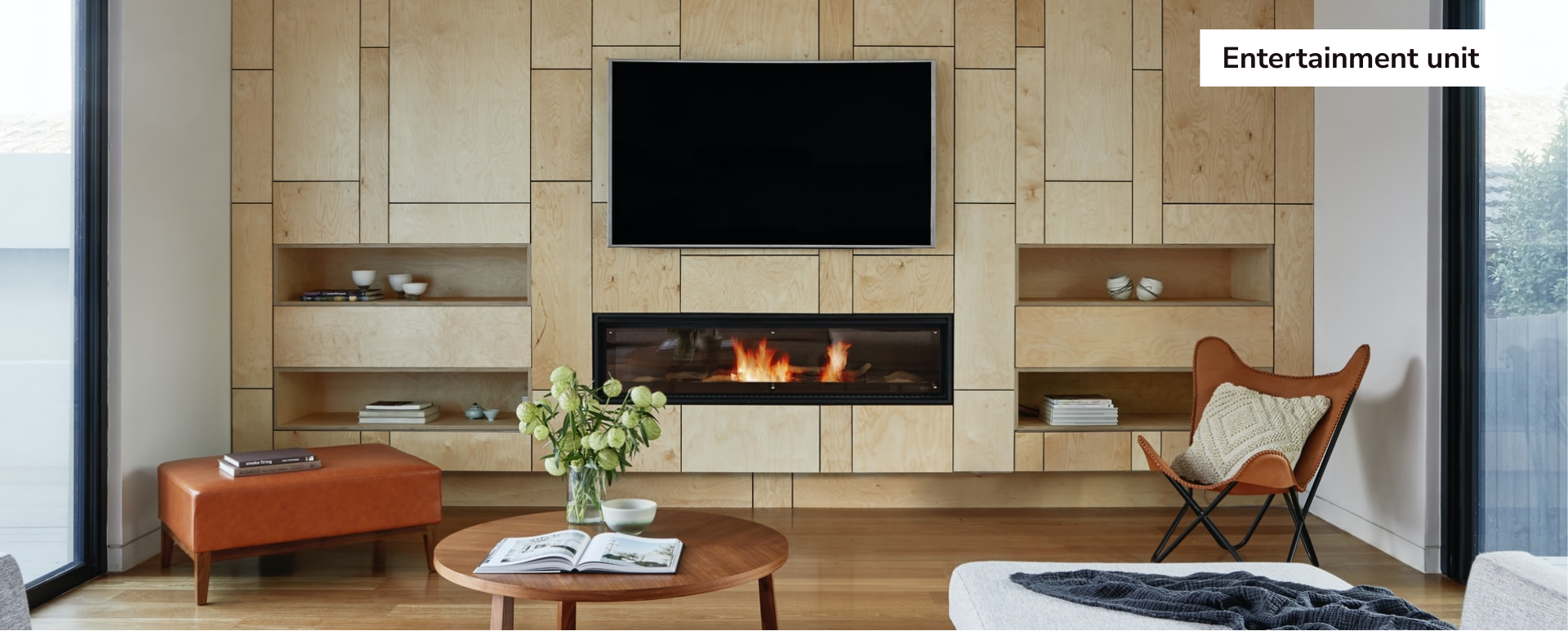
The look that you get with hardwood is widely sought after because of just how striking it can be. Many speaker systems and speaker enclosures will have a hardwood finish or veneer for this reason.
However, not many are actually made from hardwood. This is because the density of the wood interferes with the resonance of the sound from the speakers.
Instead, many people opt for MDF, which is a softwood-based sheet material bound by synthetic adhesive.
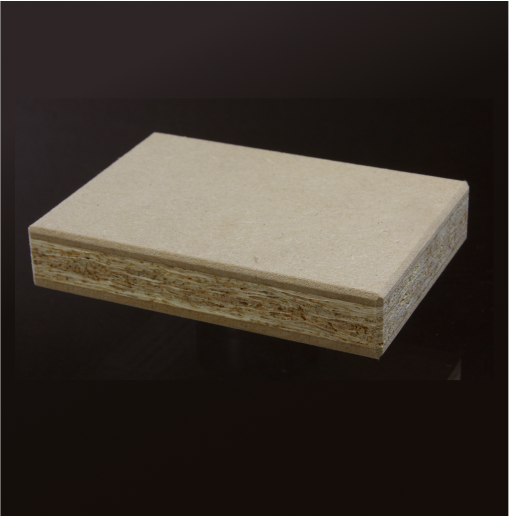
Not to worry, though, because there are plenty of other potential uses for hardwood. Flooring is a common go-to, as are fencing, decking, and paneling.
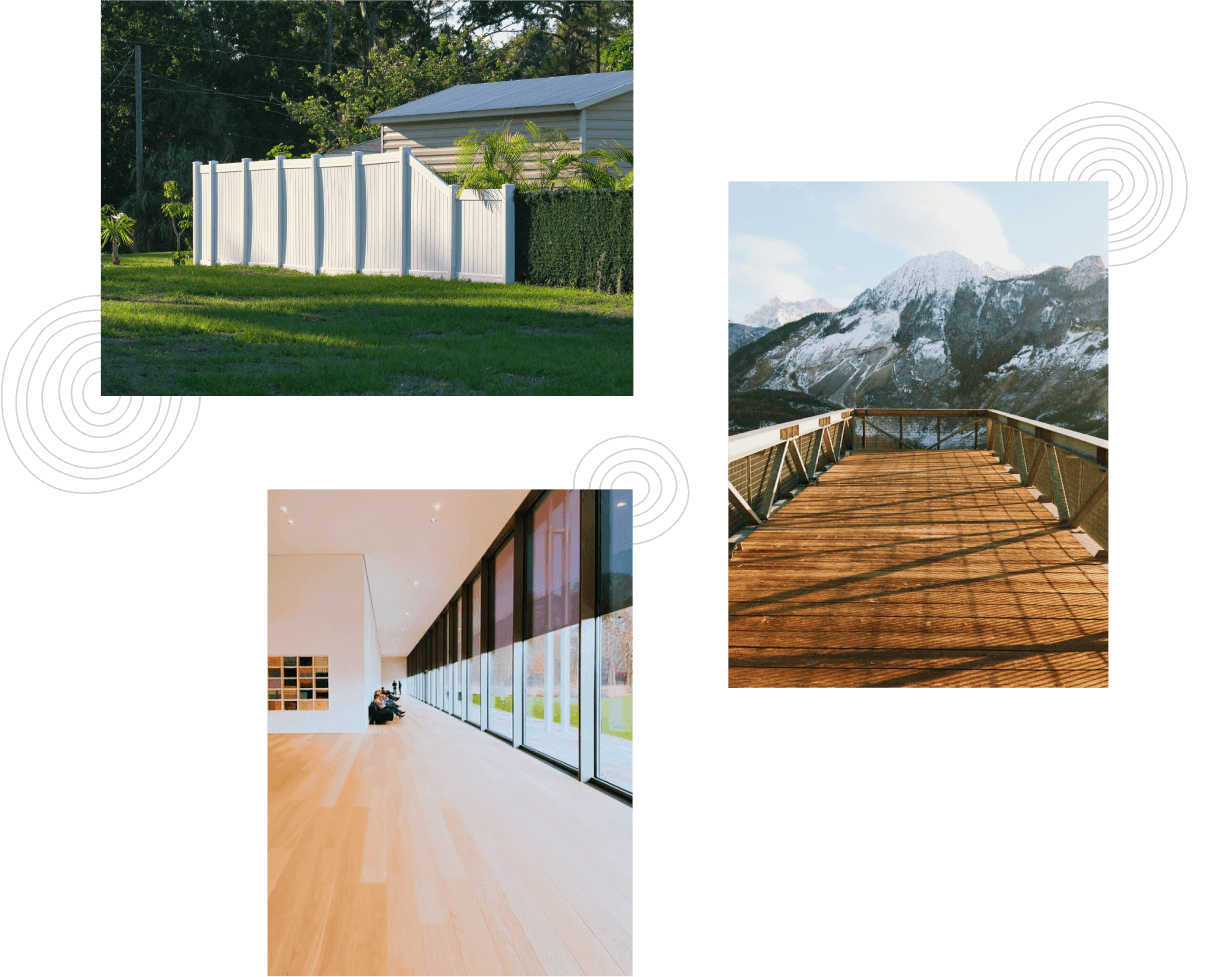
And hardwoods are usually a good option for outdoor furniture, too, as they can survive out there year-round, no matter the weather. Softwoods, on the other hand, will need to be brought in when conditions are poor.
As we already know, softwoods tend to be the ideal choice for woodworking projects because of their flexibility and strength. Most hardwoods are a little trickier to work with. But some are well-suited to DIY and at-home whittling projects.
Maple is a good choice because it is very stable, and there is a soft variety that is quite easy to handle and shape.
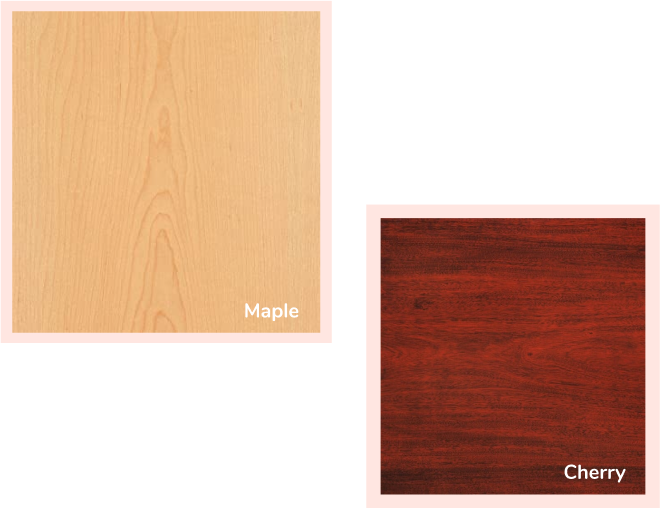
You can also try using cherry, which is a fairly popular choice because of its attractive features, although it is not recommended for beginners.
What Are The Benefits Of
Using Hardwoods?
Hardwoods are, among other things, super-strong, long-lasting, and can be used to make a massive variety of products. They also look great and as such are often the wood of choice for people wanting an attractive finish.
Once again, though, there are both pros and cons to using hardwood.
Availability:
One notable downside to buying and using hardwood is that it isn’t as easy to harvest as softwood. It is, therefore, generally more expensive.
This has to do with the fact that hardwood trees grow far more slowly than softwoods do. In fact, it can take up to 100 years before a hardwood tree is fully matured and suitable for construction. Softwood trees, on the other hand, can take as little as 25 years.
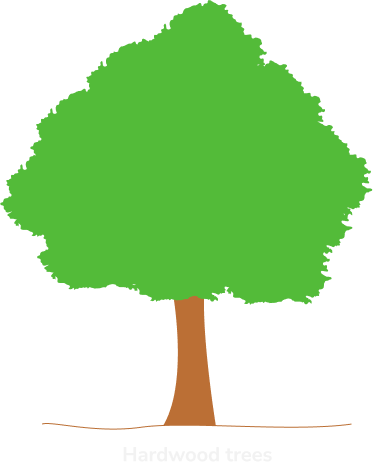
take upto
100 yr.
before reaching maturity
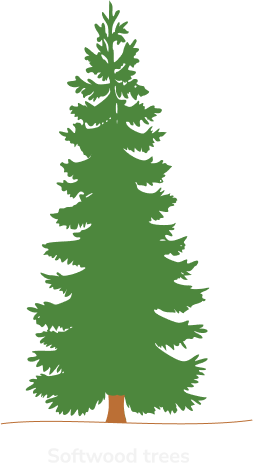
take upto
25 yr.
before reaching maturity
While this slower rate of growth does inevitably drive up the price, it also means that the wood you get from hardwood trees is usually denser and of a more complex structure. That’s why hardwoods tend to be so durable and easy to maintain.
Versatility:
On top of its impressive physical qualities, hardwood is also really versatile. It’s actually the type of wood most commonly used for boatbuilding! But you have to be careful when choosing the right wood for a boat, because some of the heavier hardwoods like black ironwood can’t float in water.
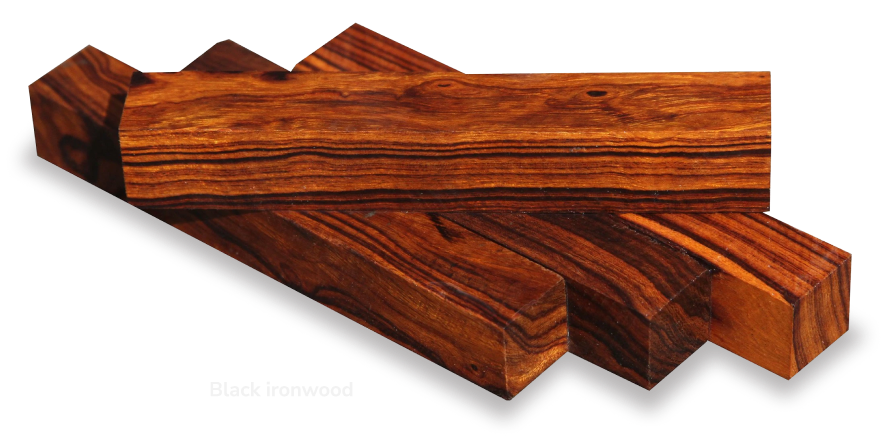
Some everyday uses of hardwoods include high-quality furniture, veneers, and construction work that is built to last. Many hardwoods are particularly well-suited to outdoor construction, because they are resistant to rain and rot.
Hardwoods are also very commonly used for flooring. However, if you were thinking of going for a hardwood floor in your home theater, then you might want to think twice. The reverb with a hardwood floor can really impact sound quality.
Area rugs provide a good solution to this problem, as does acoustic tile on the walls.
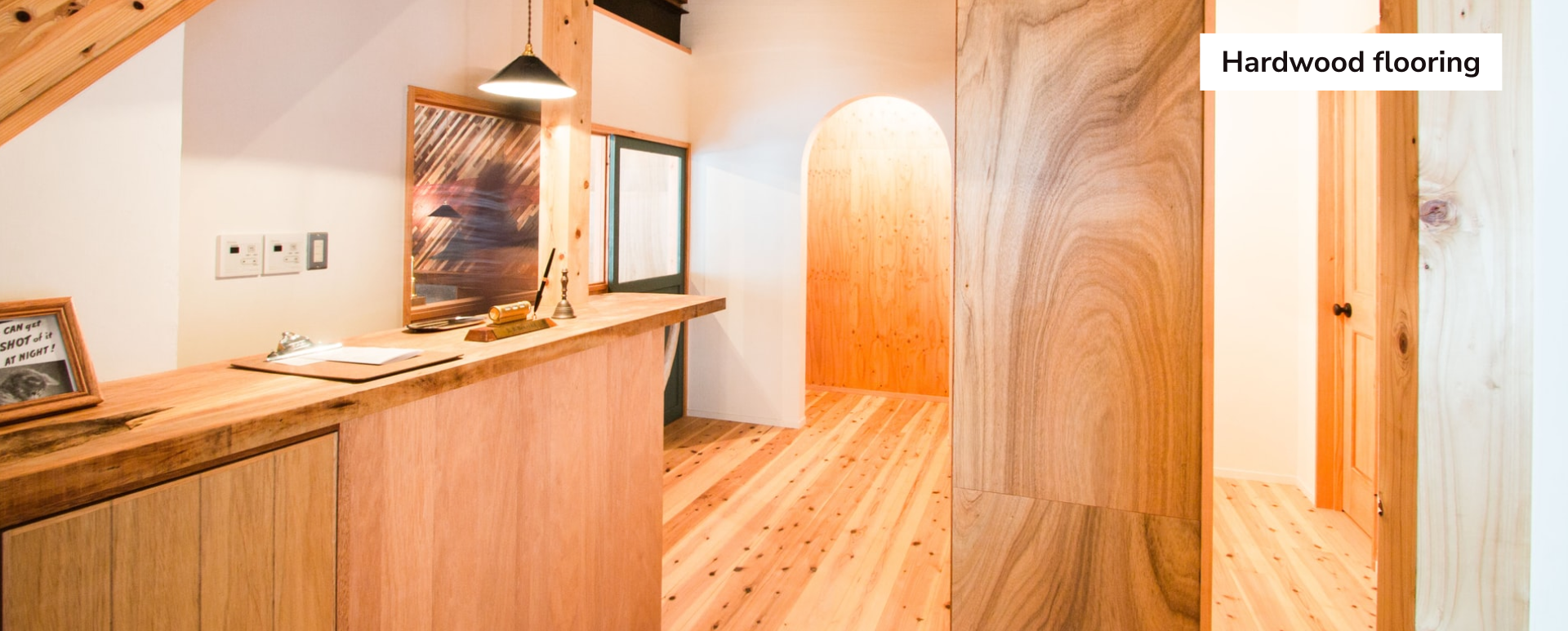
Appearance:
Hardwoods are more varied in appearance than softwoods.
For starters, even though hardwoods are usually dark in color, there are very light varieties like ash and beech. So, if you wanted a hardwood to complement the lighter color scheme of a room or building, there are plenty available.
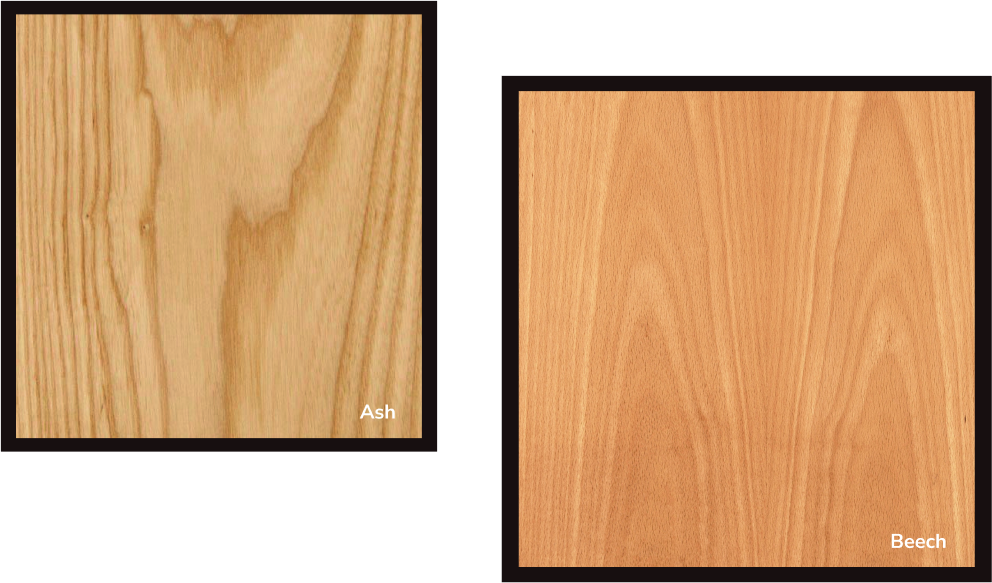
The grain is much closer with hardwoods than softwoods, too, giving each variety a distinctive look. For people wanting their furniture or flooring to have a bold aesthetic, hardwood is the way to go.
And, while you can opt for color-treated softwood to attain that eye-catching appearance, both the color and the quality of a natural hardwood will far outlast most softwoods.

How To Look After Wood Furniture?
No matter what sort of wood you choose and what you need it for, to ensure it stays in top condition and lasts a long time, you’ll have to learn to look after it properly.
It’s important to bear in mind that care instructions will vary quite a lot depending on a number of factors, including specific wood varieties, what it’s been treated with, and how it’s being used. So always make sure that you find the exact right instructions for your products.
To get you started, here is some general guidance that should help.
How To Look After
Softwoods?
You can keep softwood in great shape, no matter what you’re using it for. But softwood products will inevitably require more maintenance than their hardwood counterparts.
Because softwoods are less structurally complex than hardwoods are, they are more prone to knotting, swelling, and shrinking. As a consequence, they need more care straight off the bat.
For example, most softwoods will need to have their knots knocked out and filled to make them strong enough for most construction projects.
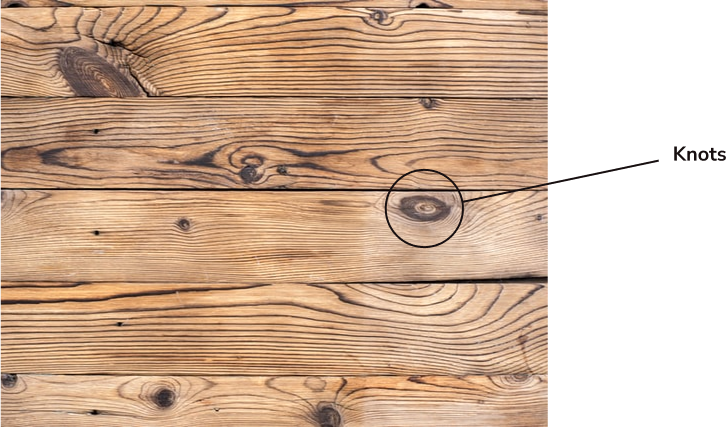
They are also more likely to decay in any environment, particularly when left in cooler or damper conditions. So ensure your softwoods are treated with a good wood preserver. Barrettine Wood Preserver and Ronseal Total Wood Preservative are both great options, and easy to apply, too.
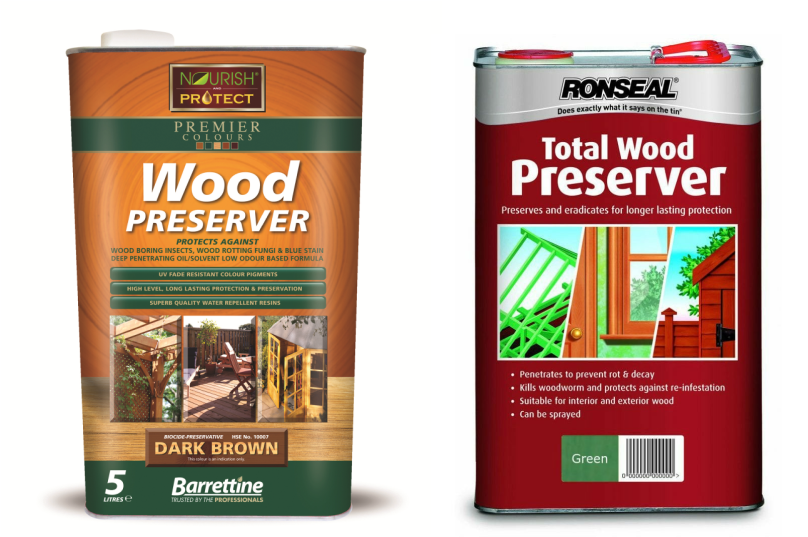
Softwood Garden Furniture:
The wood furniture that will always need the most care and attention is softwood garden furniture.
This is because softwoods are far less resistant to the elements than hardwoods are. So, any weather conditions, whether they’re good or bad, can have an adverse effect on your softwood tables, chairs, and decking.

Aim to wash and treat your softwood garden furniture once a year. This will help to keep it looking at its very best, despite the weather.

Plus, by treating it regularly, you can help to prevent your furniture from splintering or cracking. This is important because once water gets into the cracks, it will start to rot.
You should always ensure that you move your softwood indoors when the weather conditions are bad, too, particularly during the winter months.
In these conditions, softwood is just less durable. Without proper care, it is likely only to last a couple of years.
How To Look After
Hardwoods?
Looking after hardwood furniture and finishings is much more straightforward than caring for softwood furniture. But, just because hardwoods are (usually) more naturally resilient and long-lasting doesn’t mean they don’t require dedicated care and attention. If you want your hardwood furniture to stay looking fantastic for as long as possible, you’ll need to keep on top of your maintenance.
The most important job for you to do is apply a good wax or polish regularly. This will help to protect the finish on the wood and reduce the appearance of any marks on the surface.
How regularly you apply your wax or polish, though, will depend on the sort of wood you have and what kind of product you use. Wax paste is usually recommended, because that will usually only need to be applied once every two years or so.
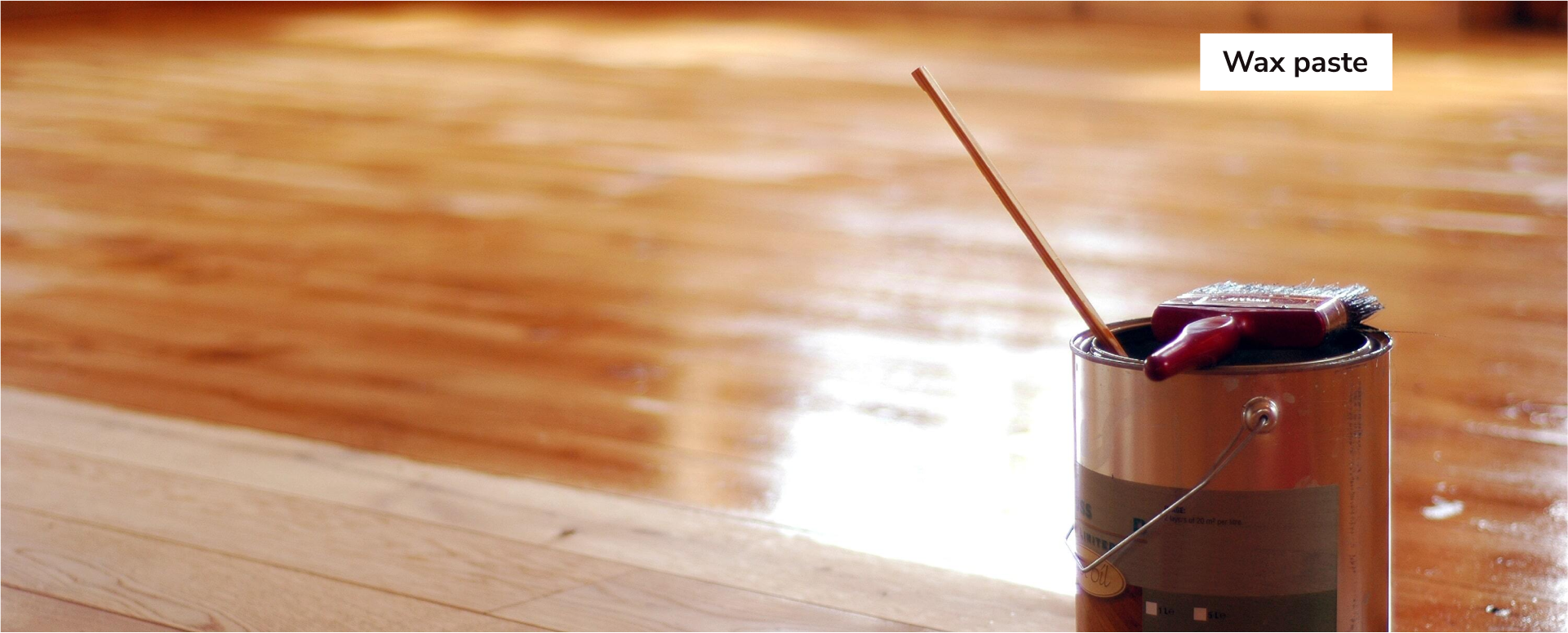
Other than that, the only other regular job you will have to do is dusting, to ensure that dust doesn’t build up on your hardwood surfaces and scratch them.
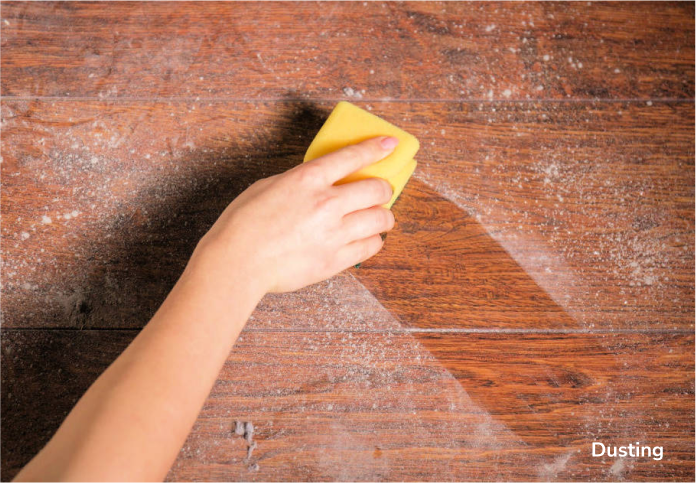
Hardwood Garden Furniture:
Hardwood garden furnishings won’t require as much care or attention as softwoods. In fact, you should be able to leave your outdoor hardwood furniture where it is all year long. So long as you keep it clean, it will be able to withstand even the worst weather.

All you really have to do is wash it annually with soapy water. This helps to stop algae or mold from building up on the surface or in cracks.
Just don’t use a pressure washer to do the cleaning, because this can damage the wood.
You don’t even have to treat it if you don’t want to. Hardwood garden furniture will naturally age very nicely. Depending on your taste, you might enjoy letting the color alter over time.

Environmental Concerns Around Using Softwoods And Hardwoods
As with any natural product, there are environmental concerns you might want to bear in mind when trying to decide between softwoods and hardwoods.
In recent decades, people’s knowledge of just how important trees are to both the animals who live amongst them as well as to human beings has grown exponentially. Many now feel it’s important to know where they are getting their wood from, how sustainable it is, and what overall impact it has on the environment.
So, to help you figure it all out, here’s a brief overview of the facts.
Is Softwood
Environmentally Friendly?

Perhaps unsurprisingly, softwood is usually considered to be the most renewable and sustainable type of wood.
This is largely due to the fact that softwood trees grow so much faster than hardwood ones. Because of this, there is less danger of over-harvesting them.
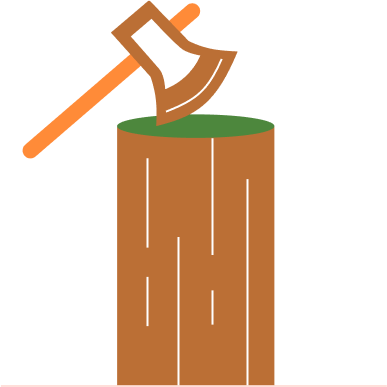
The process of felling and preparing the trees also requires less energy.
Many softwood trees are naturally less dense and easier to cut and dry, meaning that getting them ready for construction is better for the environment.

Plus, it’s more environmentally friendly to transport softwood within the United States, because the trees it comes from are so abundant here.
However, softwood products including furniture and flooring don’t tend to last quite as well as hardwood ones. Especially when left untreated, softwood products are likely to get damaged over time and are more prone to rotting.
So, while they are more sustainable to grow and gather, the fact is that you will probably need to replace softwood products more regularly.
Is Hardwood Good For The
Environment?

If you want a wood product that will last a long time, then hardwood will usually be your best bet.
And there’s no denying that keeping a product for a good while is beneficial for the environment.

So, as long as you look after your hardwood furniture, fittings and floors properly, you can rest assured that you’re doing something environmentally friendly.
After all, wood is always going to be better than plastic, no matter what type you’re using.
But in terms of its source, hardwood is certainly the least sustainable of the two wood varieties. This is partly because of just how slowly hardwood trees grow. The fact that they can take 100 years to mature means that they aren’t as easy to replace. As a result, hardwood is nowhere near as renewable as softwood is.
To help counter this, many forests have environmental policies in place, with procedures and limitations that help to keep the populations of hardwood trees at a sustainable level.
You might want to check out where your wood was grown, though, to determine whether or not it has come from such a source.

How Can You Distinguish Between Softwoods And Hardwoods?
Whether you’re looking to create the framing for a house or build a home theater system to go in it, you’ll need to have a good idea of what materials will work best.
Thankfully, both softwoods and hardwoods can be used for a wide variety of projects, and different types of each will be more or less suited to different things.
Knowing the key differences between softwoods and hardwoods can help you to narrow down your choices and find the exact right wood for your needs.
If you want a wood that’s sturdy and light in color for indoor use, long-lasting and durable for outdoor use, or one that’s environmentally friendly, it’s useful to have an idea of what might work best.
While there are certainly more variables to consider, being able to distinguish between the two main types of wood is always a good skill to have.
So, which do you think you’ll use?
- What’s the difference between softwood and hardwood?
- What trees do softwoods come from?
- What are softwoods used for?
- What are hardwoods used for?
- What are the benefits of using softwoods?
- What are the benefits of using hardwoods?
- How can you best maintain wood furniture?
- Is softwood environmentally friendly?
- Is hardwood environmentally friendly?
- How can you tell hardwood from softwood?
- What trees are hardwood?
- What trees are softwood?
- Table For Theater Seating
- Best Double Recliner
- Movie Theater Seating For Home
- Cinema Seating
- Chairs For Media Room
- Media Couch
- Octane Home Theater Seating Reviews
- Top Sofas
- Sofa Loveseat
- 4 Seat Recliners
- Home Theater Sectionals
- Amazing Seat
- Theatre Home Seating For 3
- Couches Set
- Home Theater Furniture Sale
- Theatre Recliner Leather
- Reclining Sectional On Sale
- Entertainment Chairs Recliners For Sale
- Home Theatre Seating 4 Row
- Media Chairs Near Me
- Best Home Massage Chairs
- Couch Black Leather
- Theater Rugs
- Heated Seats On Couches
- Theatre Seating Manufacturer
- Most Comfortable Sofas
- Custom Theatre Chairs
- Couch Tray Table
- Row One Seating
- Zero Wall Clearance Reclining Sofa
- Brown Fabric Couch
- Stitch Leather Couch
- Best Brands For Recliners
- Massage Sofas For Sale
- Brown Leather Loveseat
- Reclining Sofa With Charging Station
- Theatre Seating Moveable Armrest
- Theatre Seats Best Buy
- Massage Sofa And Love
- Sofa For Bad Backs
- Red Theatre Seats
- Best Furniture Recliner Chairs
- Man Cave Setup
- Modern Fabric Sofa
- Home Theater Seating Distance
- Electric Reclining Loveseats
- Reclining Leather Couch
- Luxury Couch Sofa
- Basement Cinema Room Ideas
- Giant Couches
- Modern Sofa Sets For Living Room
- Lounge Chair Theater
- Interior Design Places
- Auditorium Seating For Four Rows
- High Back Leather Recliners
- Extra Wide Couch
- Recliner Best
- First Video Game Console Ever
- Cuddle Couch Round
- Sofa Power Reclining
- Most Comfortable Leather Sectional

